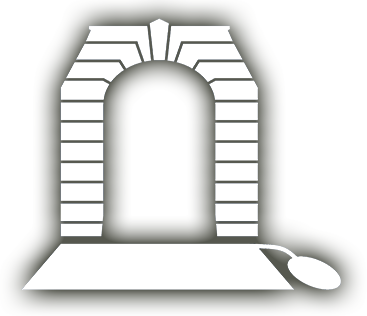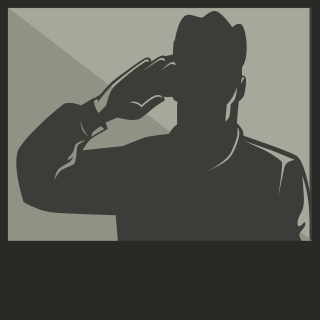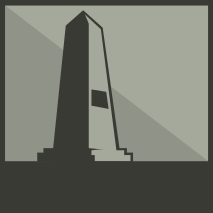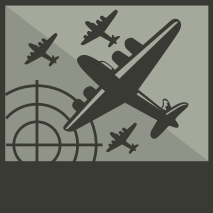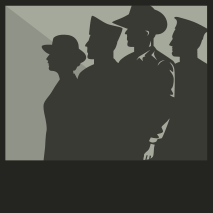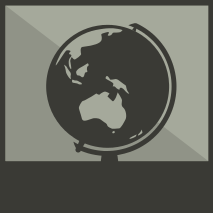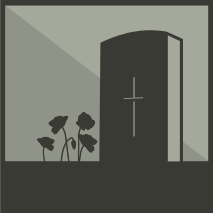Introduction by Sir Peter Cosgrove
Today's Honour Roll
| Name | Date of Death | Conflict |
|---|---|---|
| JOHNSON, William | 11 Jul 1918 | World War 1 |
| WATT, Keith Everard | 11 Jul 1915 | World War 1 |
| FORBES, Charles Volney | 11 Jul 1917 | World War 1 |
| BENNION, Edwin Ellis | 11 Jul 1917 | World War 1 |
| BETTLES, Herbert William | 11 Jul 1918 | World War 1 |
2025 Don't Forget Me Cobber Lunch

This year our lunch is being held on the 80th anniversary marking Victory in the Pacific and the end of WW2 hostilities in our region.
We are honoured to have Curtis McGrath OAM, Afghanistan veteran, Olympic and World Champion paracanoeist as special guest speaker.
Our national patron General the Honourable Sir Peter Cosgrove and Lady Lynne Cosgrove will also be attending.
We will be fundraising on the day and will have a fantastic array of offerings for our charity auction & raffle.
A sumptuous two course meal, wine and other beverages will be served (all included in the ticket price).








Ensure we remember them always Make a Donation
Donors & Sponsors

News
The Human Cost
From the Boer War to Afghanistan, 101,815 Australian men and women have been killed serving their country.
Honour their service by:
- - Contributing to the profile of a serviceperson
- - Making a dedication on the page of a serviceperson
- - Giving generously to the VWMA to enable our work to continue
Help us keep the promise - We Will Remember Them All
How to Tell Your Story

